Massage-Touching on history
Throughout history and all over the world we have used our hands to promote healing. Although it is safe to say that the use of massage preceded written history, it is more difficult to say when it was first mentioned.
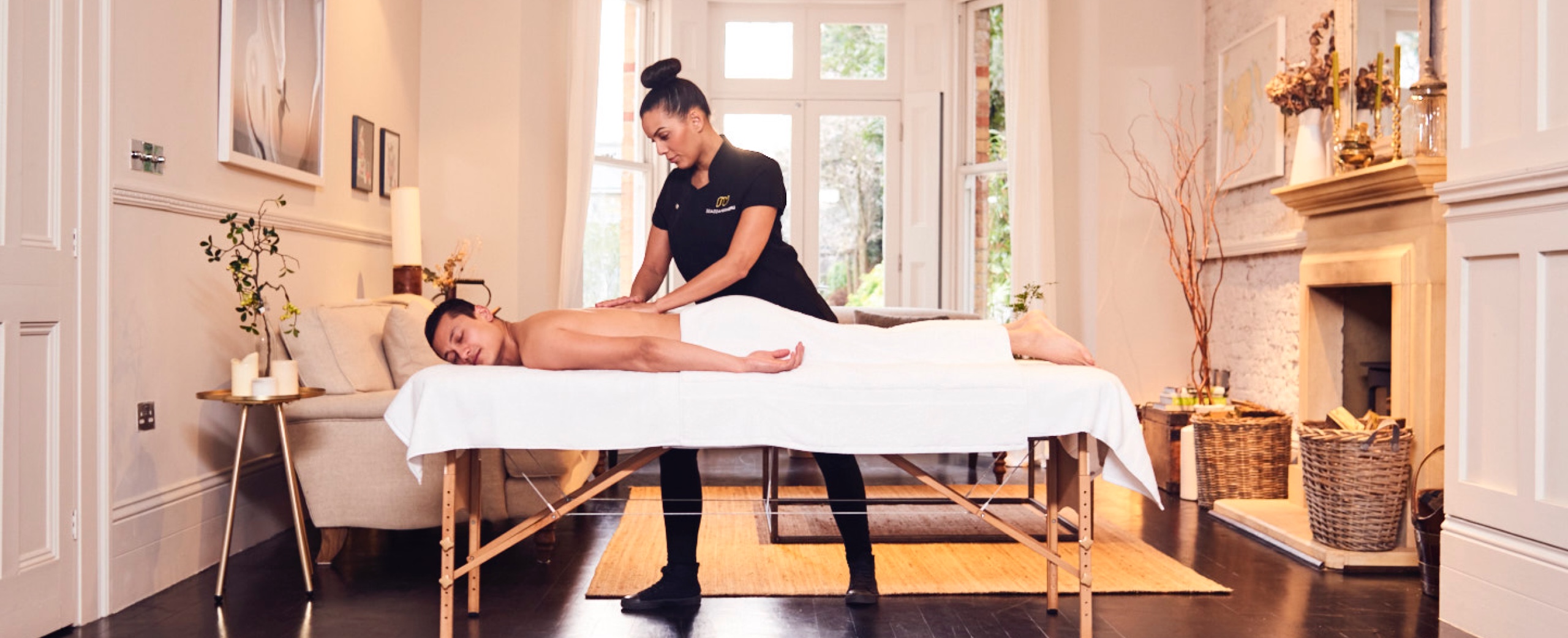
Ancient Egypt and Greece
The Ancient Egyptians used massage extensively for health and beauty that can be seen in tomb paintings dating back to 3,000 BC. Recorded comments about massage were made by the Greek physician, Hippocrates, who noted in the 5th century BC that "rubbing can bind a joint that is too loose and loosen a joint that is too rigid...hard rubbing binds, much rubbing causes parts to waste, and moderate rubbing makes them grow."
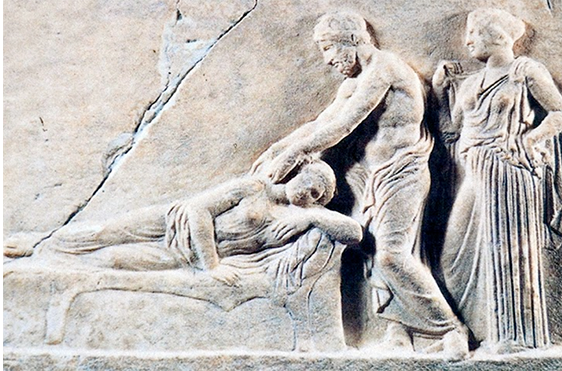
Early written evidence
One of the earliest references to massage in a written from can be found in a book on traditional Chinese medicine dating from the 3rd century BC, The Yellow Emperor's Classic of Internal Medicine. It tells us that massage as a form of medical treatment was used for patients with with "complete paralysis, chills and fevers, most fittingly treated with breathing exercises, and massage of the skin and flesh."
Massage in the East
In India, massage plays an important part in Ayurvedic medicine dating back over 3,000 years. The Ayur-Veda (Art of Life), a sacred Hindi book written about 1860 BC, describes shampooing (massage) to reduce fatigue and promote well-being: "Rise early, bathe, wash the mouth, anoint the body, submit to friction and shampoo and then exercise." Avicenna, the great Persian (AD 980-1037) wrote: "The object of massage is to disperse the effete matters formed in the muscles and not expelled by exercise. Massage removes fatigue; such friction is soft and gentle and best done with oil." The relevance of this statement is seen today in the increasing number of athletes who use massage as part of their fitness regimes.
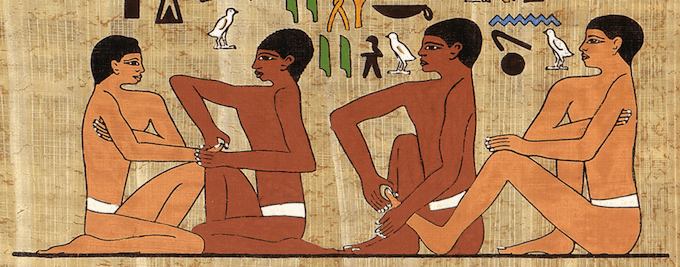
Roman baths
The Romans developed the use of public baths for health and social relaxation, and wealthy Romans had daily massages there given by their servants.
A great story goes that the Emperor Hadrian saw a veteran soldier rubbing himself against the marbel wall at the baths ans asked him what he was doing. The soldier replied that he couldn't afford a slave to give him massages. Immediately Hadrian gave him two slaves and enough money for their keep. The next day several old men were rudding themselves against the walls in Hadrian's presence hoping for similar good fortune - but he told them to massage each another!
!The Roman baths were the forerunners of modern health spas; here people bathed and had oil rubbed into their skin.
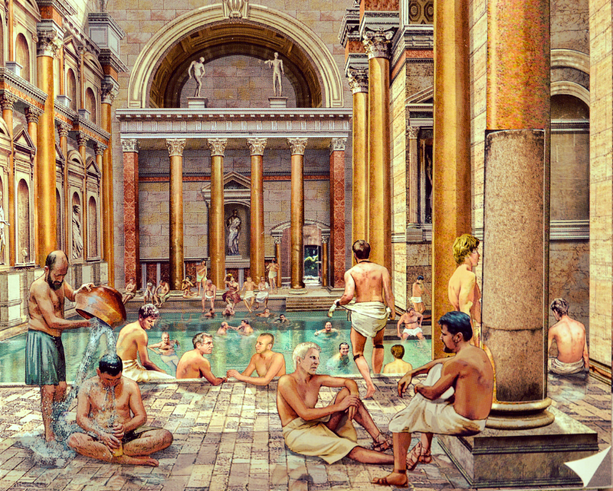
The rise and fall of massage
After te fall of the Roman Empire the love of physical beauty was frowned upon and the use of massage was suppressed, although the use of the baths was retained in Turkey and brought back to Europe.
!Massage was kept alive in Wenstern regions of Europe and became part of folk medicine, but practitioners were often persecuted by the Church who thought their healing powers came from the Devil.
During the Renaissance, the ancient knowledge of the Greeks and Romans was reintroduced to Europe, and with it came a renewed interest in massage as a medical treatment. The French surgeon, Ambrose Pare (1517-1590), who was the personal physician to four kings, promoted the use of massage. In the 18th and 19th centuries, massage grew in popularity in Europe under the influence of Per Henrik Ling, whose system of Swedish massage spread from Stockholm and could be found as far away as Russia, France, and the US.
!Trivia... The Roman writer Pliny, who was also a renowned naturalist, was regularly massaged to relieve his asthma. Julius Caesar was "pinched" daily by a specially trained slave to alleviate his neuralgic pains.
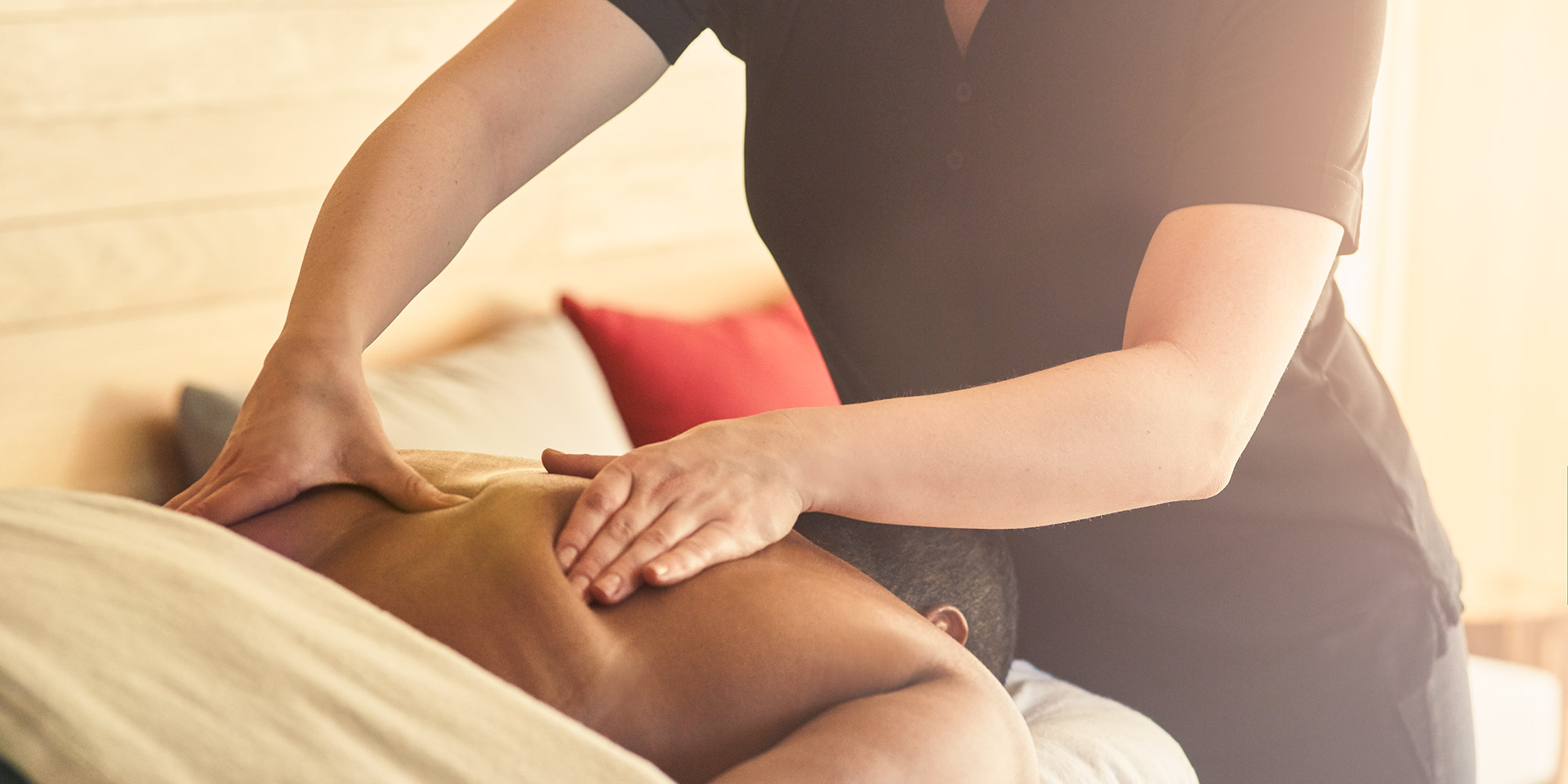
An all-around the remedy
Today, massage has just about shaken off any dubious connotations to become one of the fastes growing complementary therapies. Its therapeuatic benefits have been recognized by a new generation, wanting to find natural ways to achieve good health. Trained massage therapists now work in hospitals, hospices, psychiatric units, neurodisability centers, schools for children and adults with learning difficulties, special-care bady units, intensive-care units, old people's homes, and complementary medicine centers. They may be attached to sports and dance centers, health clubs, and spas. Many massage therapists also run private practices.
!Whatever your age or condition, there's a form of massage that can alleviate your suffering, help you relax, and renerally improve the quality of your life.